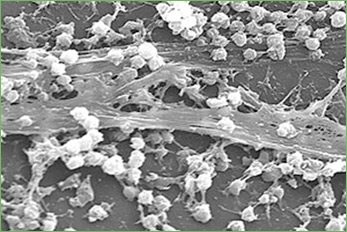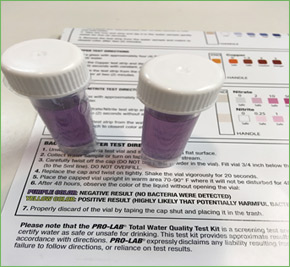Water Safety
We’re all about doing our best to give you the best

Our office is like family. Most of us have been together for 27 plus years. Our patients are our family and we want to protect you like family. The whole staff understands the importance of a clean environment. One of those areas we are called on to protect is the dental water lines.
Since 2015, there have been nearly 100 confirmed cases of infection linked directly to dental waterline contamination. Most notably was the outbreak in Anaheim, California, where 72 healthy children, ages 2-12, were infected with mycobacterium abscessus, a similar bacteria to those causing tuberculosis and leprosy. Children lost permanent teeth, were prescribed heavy doses of antibiotics, and many required surgeries to remove parts of their jaw. Multiple practices were permanently closed, lawsuits were filed, and long-built reputations were ruined. The aftermath received national news coverage, including on CNN, NPR, and Good Morning America.
With specific regard to dentistry, potential human pathogens, including Pseudomonas, Klebsiella, Legionella, and nontuberculous Mycobacterium species, have been isolated from dental water supplies. These and most other microbes detected in dental water systems originate from the public water supply and do not usually present a high disease risk for healthy persons. However, these organisms could potentially cause infection and clinical illness in immune-compromised individuals.
Dental waterlines don’t just contain bacteria, they’re the perfect environment for its growth. The narrow plastic tubing of waterlines contains billions of microscopic bores on its surface area, which helps bacteria attach, bundle, and multiply exponentially. Its slow flow rate and long periods of stagnation make the environment more characteristic of a pond collecting scum than a river filled with fresh water rapids. When water does flow, i.e., when an instrument like the air-water syringe is engaged, water with new bacteria reinforcements enters and stagnant water moves a few inches down the line to carry bacteria to spread and multiply. Put simply, bacteria never quits. That means treating dental unit waterlines is never done either.

The American Dental Association recommends keeping water lines to a maximum of 500 CFU/ml. That’s way too high in my opinion. In fact, a lot set a warning at 200 CFU/ml. My personal goal is 0 – 30 CFU/ml. It’s a battle you can win, however, and patients count on it.
The enemy is BIOFILM. A biofilm comprises any syntrophic consortium of microorganisms in which cells STICK TO EACH OTHER and ARE ALL OVER TEETH, GUMS, TONGUE…. These adherent cells become embedded within a slimy extracellular matrix that is composed of extracellular polymeric substances. The cells within the biofilm produce the EPS components, which are typically a polymeric conglomeration of extracellular polysaccharides, proteins, lipids and DNA. Because they have three-dimensional structure and represent a community lifestyle for microorganisms, they have been metaphorically described as "cities for microbes". Biofilm can regrow inside your waterlines to 400 times the 500 CFU/ mL standard in just four days.
To tackle this problem this is our dental waterline maintenance protocol.

1. A continuous, or daily, treatment is one that is continuously inside the lines to fight incoming bacteria. We’ve analyzed all available and are utilizing a protocol that does not induce toxic byproducts treatments as most do.
2. Weekly quick checks to make sure there is no sudden onsets of bacteria infestation.
3. Laboratory testing uses advanced technology, trained specialists, and scientific methods to ensure accurate results. This is done every 1-3 months. Rather than mail in our samples, we chose to personally drive in our samples for the most accurate results.
Ultimately, waterline maintenance comes down to a dedication to patient safety. It’s no one’s favorite thing. But when a patient sits in your chair, he or she is trusting dental professionals to practice with great knowledge, skill, and care. WE CARE ABOUT YOU AND YOUR HEALTH.

